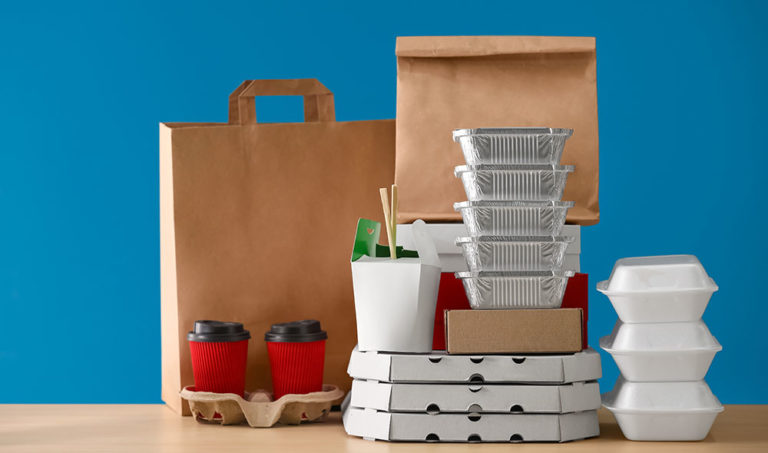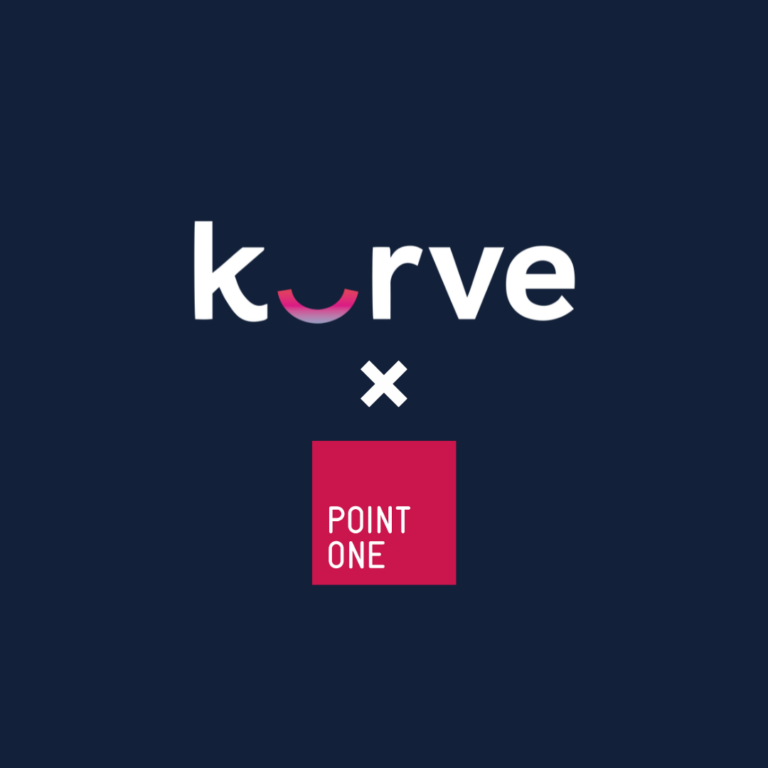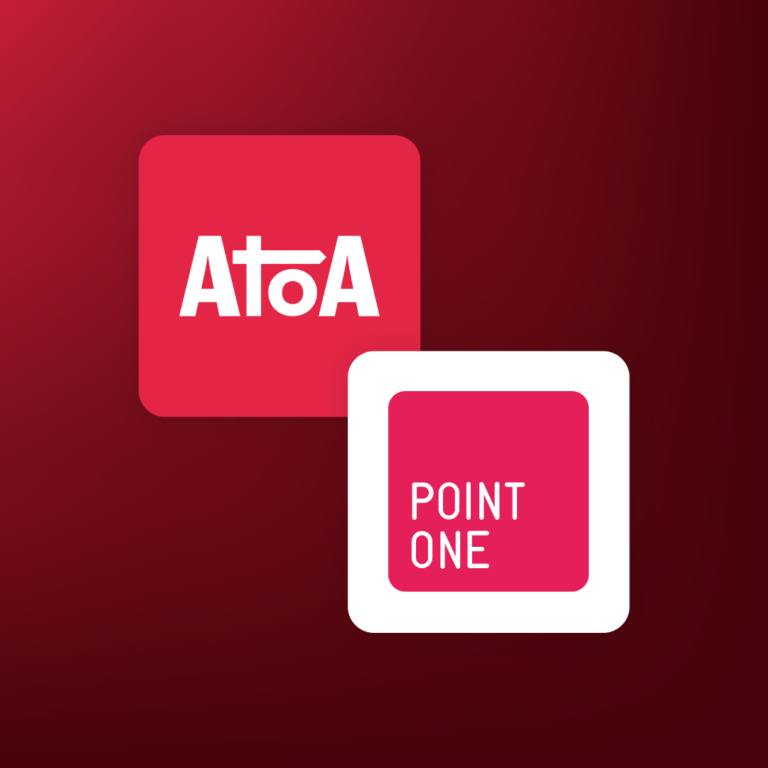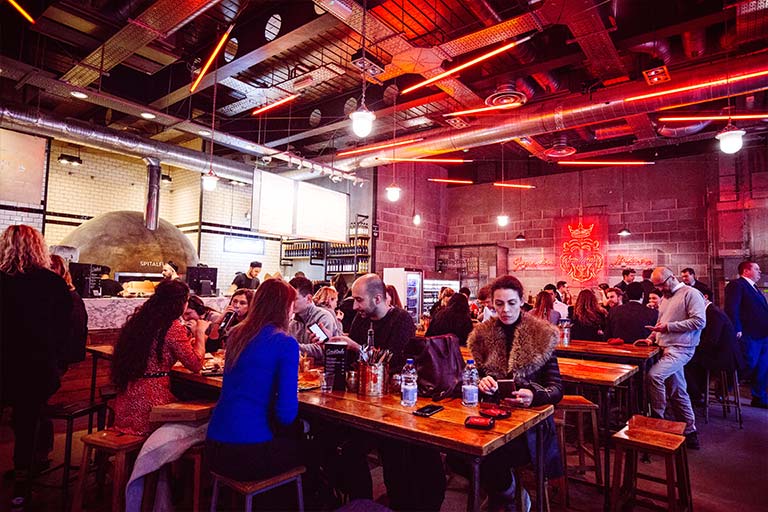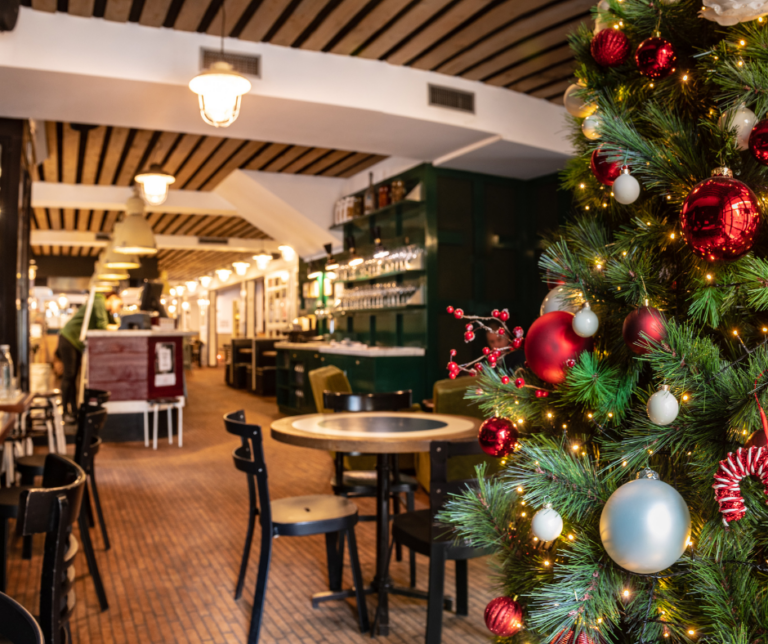This necessary adoption of delivery and takeaway has hugely benefited the QSR and fast casual sector as the CGA tracker reveals volume of orders in this area have more than tripled in the last 12 months to a value of 19.6 million compared to 9.1 million last February. On the back of this growth, we look at some key trends set to develop in the next 10 months.
1. Digital Ordering
2020 was certainly the year of digital acceleration and adoption thanks to the overwhelming catalyst of the pandemic that forced operators to either improve on their current digital ordering options or create these quickly from a standing start.
Digital ordering, however, is not new and for the QSR and fast casual sector, it has been a part of their customer ordering journey for a while. Digital ordering remains on the trends list for 2021 because it will be the year that digital adoption gaps are effectively erased and the race for continued innovation at pace and refinement becomes the real dealbreaker.
The winners in this space will be those that can differentiate themselves from competing brands by offering the most intuitive and frictionless experience for their customer. This is everything from:
- the usability/accessibility – sign-up? need to download an app or web-based? QR code access?
- to the ease of ordering and customisation of order – can I add my allergen requirements and only be shown dishes I can eat?
- and lastly the fulfilment side – for drive-thrus, are there dedicated mobile order collection lanes or kerb-side pick-up? Chipotle, for example, has invested in digital-only restaurants with dedicated mobile order lanes to complete the fluid mobile ordering customer journey.
Self-serve hardware
The channels used for this digital ordering are continuing to change too as ordering from mobiles and self-serve kiosks are now the norm thanks to the pandemic’s effect on digital adoption. Indeed, 43% of British consumers surveyed by CGA’s GO Technology survey had used order and pay technology since July 2020 compared to just 18% before Covid-19.
Many QSR operators are already using self-serve kiosks but fast casual has some catching up to do to provide this alternative ordering option for customers who want the speed and convenience of mobile ordering but without having to use their own devices.
2. Omnichannel approach
A big part of a successful digital order offering is providing a joined-up approach that integrates all key elements such as loyalty and messaging across all channels consistently. For instance, it’s no good if you have a fantastic loyalty scheme integrated with your app which doesn’t then work with your web-based ordering. Customers want to gain their loyalty incentives regardless of which channel they use to order and so the look and feel and importantly, the tools they use need to be consistent.
The challenge for operators is to facilitate customers prerogative to use different brand channels to engage and order. Pret has made great advances here and plans to make further investment in 2021 to get this right.
Pret – case study
Working within the pandemic restrictions, they were trying to replicate all the things that their customers loved about Pret such as the food, the convenience, the customer service and translate this through their digital channels.
It meant talking to customers on social and ensuring the real personality and the joy of Pret came through. This provided them with valuable and surprising insight that has informed their offering. One such surprise was thinking their customers would want food deliveries during the pandemic but they were actually more interested in coffee orders and so they devised a successful subscription model in response (see trend no. 4).
3. Customer-centric technology
In essence, this is investing in tech not just for tech sake but with a considered approach based on the needs of the customer. Clever technology can now help one stage earlier by understanding customer behaviour and second-guessing their needs before facilitating the solution.
One example of this is McDonald’s Dynamic Yard AI investment that is transforming the drive-thru experience to upsell using tech rather than customer training. How? By using big data to present dynamic digital menu boards that can change their offering depending on the weather, what’s trending, and external factors like big sporting events etc.
This could potentially take on a whole other dimension for QSR operators when coupled with the use of computer vision tech that can recognise a car or license plate and give the option to serve up a customer’s usual order, eliminating the need for order or payment interactions entirely.
NCR software explains: “The drive-thru, especially for [quick-service restaurants], is ripe for innovation thanks to these tools. When a customer enters a drive-thru, their vehicle can be automatically linked with their persona and ordering preferences. Those orders can then be tracked over time to deliver relevant, tailored advertisements, and promotions. And, with the rapid increase in mobile ordering this year, much of this data is already available and ready for use”.
This type of investment in customer-centric tech extends to improvements in EPoS, eCommerce sites and location tech to ensure a robust system that integrates seamlessly and allows for the omnichannel experience and order fulfilment that customers now expect.
4. Super-sized loyalty
The QSR and fast casual scene is a crowded marketplace and one that has only become more saturated as other restaurant sectors have pivoted to takeaway and delivery. The need to retain and grow a valuable loyalty base has already demonstrated itself as the key to survival in 2020 and so acting with a customer-centric mindset is crucial.
To deliver on this expected customer experience operators need to offer personalisation and having a data-driven loyalty CRM is an essential part of this. Today there are several proven loyalty platforms to choose from and the most successful are those that integrate with the digital ordering process to offer personalisation and rewards based on customer behaviour data and preference.
The UX guru, Steve Krug’s phrase “don’t make me think” comes to mind when citing the most successful loyalty platforms as, coupled with the ordering UI, you almost want to tell a customer what they want even if they don’t know themselves and upsell to them all along the way with relevant and personalised suggestions.
Customer engagement specialists like Airship and Como enable brands to engage with customers anywhere and everywhere, connecting with them at key points during the sales lifecycle through push notifications, in-app messaging, SMS, email, and web notifications.
Having a loyal customer base has been the driving force behind Pret’s coffee subscription model which launched in Sep 2020. Built on their own digital infrastructure, YourPret Barista gives subscribers up to five ‘barista-prepared’ drinks per day for a fixed monthly price of £20.
Being the first fast casual coffee chain to offer this subscription model, akin to Netflix and Spotify, is already setting it up for success because they can gain the early adopters. Additionally, they are placing the risk with themselves by offering customers the option to cancel anytime with no off-putting contract commitment. Instead, they expect the quality of the offer to keep customers loyal and committed which is always the most lasting incentive.
5. Cyber security and protecting data/privacy
With increased personalisation comes increased risk for customers as their buying behaviour, personal data and payment details are entrusted to their favourite brands. These are all components that make identity fraud a reality and so now more than ever, operators must demonstrate to customers that their safeguarding of consumer privacy and data is imperative.
With such high rewards, cyber criminals are becoming increasingly sophisticated in how they can initiate attacks to steal valuable customer data. Operators need to understand where breaches can occur and take necessary precautions to block these potential attacks.
A good starting point is to look at all the third-party software integrations that operators use with their EPoS and what level of data access or sharing these applications have. When choosing new integrations, asking about their policy around data security and storage should be a key question given that the most valuable element of any business is their customers and therefore their data. For further detail on how restaurant operators can increase their cyber security see our recent blog here.
One important area where customer data security is harder to police is when using third party aggregators. In this instance, the likes of Deliveroo, Just Eat and Uber Eats effectively “own” an operators’ customer data by managing the order and delivery side. Even with the large budgets these aggregators have to protect against cyber attacks, they are not impervious to account hacking or data fraud. The UK data protection watchdog investigated Delieveroo in 2019 over fraudulent activity reported by customers using the service after their accounts were hacked and criminals racked up orders over £1000 under stolen account details.
6. Native delivery
During the pandemic, many operators needed to turn to third-party delivery aggregators as they quickly changed to a takeaway and collection model but in 2021 many operators will look to take back this service in-house. Why? Namely cost, data control and security.
As detailed above, the importance of knowing your customer’s buying behaviour is crucial to providing that personalisation they crave and gaining their loyalty. By housing and managing that valuable data themselves, operators have complete control over data security and can use the insight it gives to provide more effective customer retention and growth campaigns.
Cost is another driver to bringing the service in-house as aggregators typically take a whopping 30% commission fee from operators on every order. The big three (Deliveroo, Just Eat and Uber Eats) net an average of £1bn in annual fees from UK restaurants.
By taking back control of their off-premise operations via native-delivery, QSRs and fast casual restaurants can retain valuable customer data and reinvest the substantial commission-saving back into their own operations. Pret have been using third-party aggregators but admit that “we have a greater insight into data with a wholly-owned proposition than with a third-party”.
No one could have predicted the annus horribilis that 2020 turned out to be but the QSR sector particularly was one of the lucky ones when compared to the crippling restrictions places on many areas in the hospitality industry. It’s clear that precautionary social distancing in some shape or form will continue for the rest of the year and so the headstart that the QSR and fast casual sectors have in digital omnichannel ordering should put them in a strong position as we exit the pandemic.
The pointOne approach
For further details on digital ordering options including mobile order & pay or self-serve kiosks, integrated CRM solutions or safeguarding your EPoS data security, please contact our specialists for a chat.
